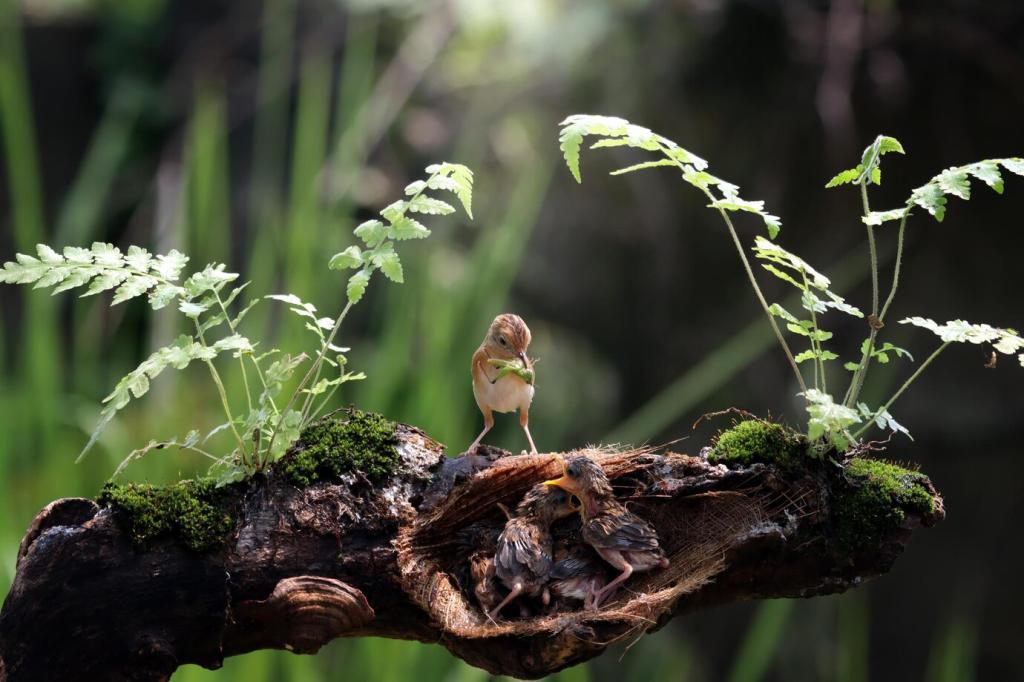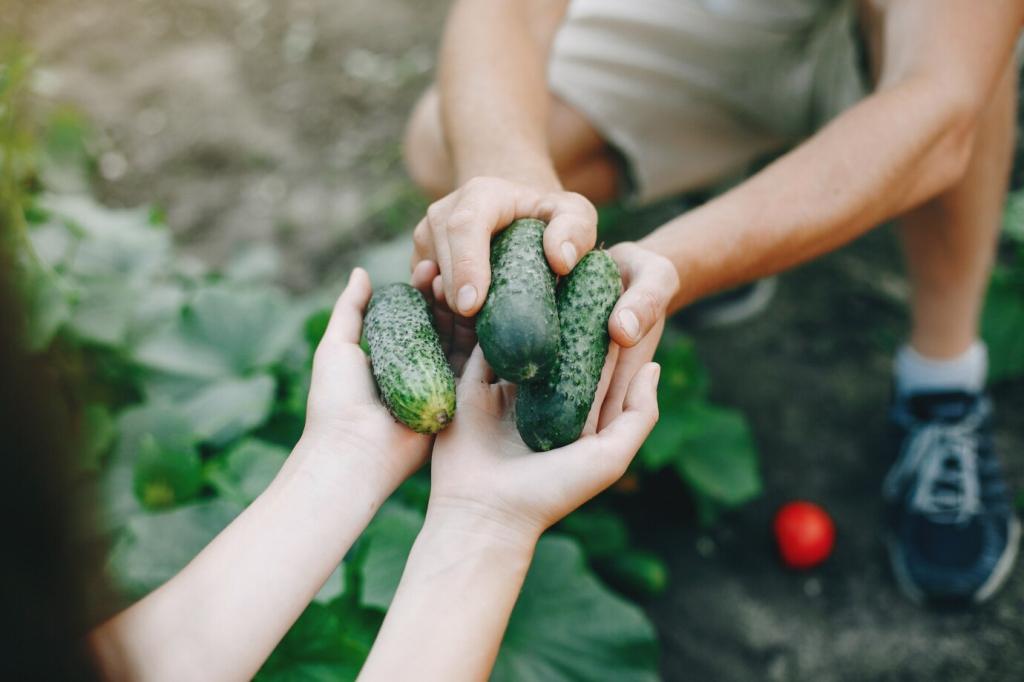Supporting Biodiversity Through Dietary Choices: A Delicious Path to Protecting Life on Earth
Chosen theme: Supporting Biodiversity Through Dietary Choices. Welcome to a kitchen-first movement where every bite strengthens ecosystems, uplifts farmers, and preserves flavor-rich food cultures. Together, let’s turn our meals into everyday acts of conservation and hope.


From Soil Microbes to Pollinators
Healthy diets start in healthy soils. When we choose foods grown with diverse crops and minimal chemicals, we support soil microbes, pollinators, and natural predators, building resilient farms that weather droughts, pests, and change.
Dietary Monocultures and Risk
Relying on the same few staples invites vulnerability. History shows that uniform crops are fragile. Choosing varied grains, legumes, fruits, and vegetables spreads risk, protects habitats, and keeps nutritional and genetic diversity alive.
Your Fork, Your Vote
Markets follow taste. When you buy heirloom beans, diverse grains, and seasonal produce, you tell retailers and growers that variety matters. Comment below with a biodiverse food you’ve discovered and loved recently.
Rotate beyond wheat and white rice. Try millet, teff, buckwheat, amaranth, and sorghum, alongside lentils, chickpeas, cowpeas, and lupini beans. These underused crops strengthen on-farm diversity and expand your culinary comfort zone.
Eat the Rainbow, Save the Web of Life
Protein with a Planetary Purpose
Beans, peas, and lentils partner with bacteria to fix atmospheric nitrogen, reducing fertilizer needs and runoff. Cooking more legume-based meals supports farm rotations that enrich soil and invite biodiversity back into fields.




Labels Worth Understanding
Look for organic, Rainforest Alliance, Fairtrade, and MSC or ASC certifications, then dig deeper. Ask retailers about seed diversity, crop rotations, and pollinator strips. Your questions encourage better practices beyond basic compliance.
Reduce Waste, Increase Diversity
Using leftovers creatively makes budget room for diverse ingredients. A pot of mixed-grain porridge becomes patties; wilted greens enrich soups. Less waste eases pressure to expand farmland into wild habitats and forests.
Pollinator-Friendly Planting
Choose native herbs and flowers with staggered bloom times—like thyme, yarrow, and echinacea—to feed pollinators spring through fall. Avoid pesticides, leave some messy corners, and watch your garden buzz with new life.
Seed Saving and Sharing
Let a few plants bolt and collect seeds from your healthiest specimens. Label carefully, trade at a local seed swap, and help preserve varieties that might otherwise vanish from catalogs and fields.
Tell Us Your Garden Plan
What three species will you add this season to support biodiversity? Share your list and location, and subscribe for our quarterly seed calendar and beginner-friendly guides to saving, storing, and sharing seeds.
